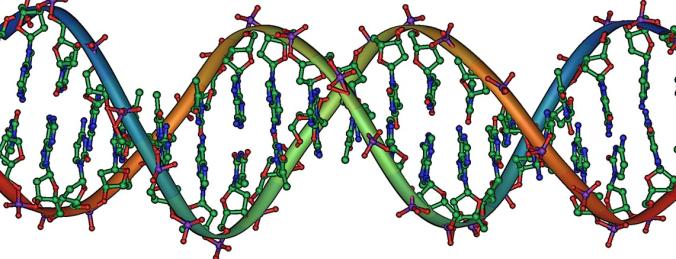
In today’s New York Times, I’ve written a story about a simple but important question: where do new genes come from?
Some four billion years ago, when cellular life emerged, a typical primordial microbe likely had only a small set of genes. Today, however, genes abound. We, for example, have 20,000 genes that encode proteins. Dogs have their own set, and so do starfish and fireflies and willow trees and every other species on Earth.
Somehow, in all that time, evolution produced a lot of new genes. As I explain in my story, one way to make a new gene is to copy an old one. The two duplicates can then evolve in different directions. Duplicate each of them, and now one gene has become four. There’s plenty of evidence that gene duplication drives the origin of a lot of new genes.
But there are other ways. In my story, I focus on one example. In animals and plants and related species (known collectively as eukaryotes), protein-coding genes are nestled in vast stretches of DNA that don’t code for proteins. It takes only a modest mutation to non-coding DNA to get a cell to read some non-coding DNA and treat it like a gene. The protein the cell makes may be a complete mess, or it may be harmless. As I write in my story, there’s a growing body of evidence that this process generates new protein-coding genes at a steady clip. In fact, so many new genes have arisen that scientists are trying to figure out why species don’t have many more genes than they do. (The answer seems to be that sometimes the new genes get accidentally deleted as DNA gets copied.)
What’s fascinating to me about the evolution of new genes is that it changes the way I think of evolution as a whole. I sometimes think of the genes in an organism as the musicians in an orchestra. As each gene evolves, I imagine each musician playing a new melody. But evolution can invite new musicians to pull up a chair and add their music to the song.